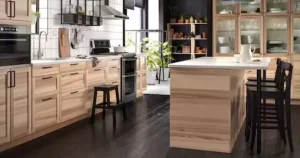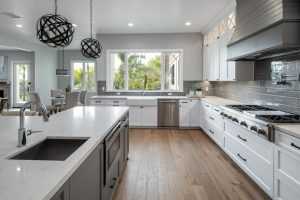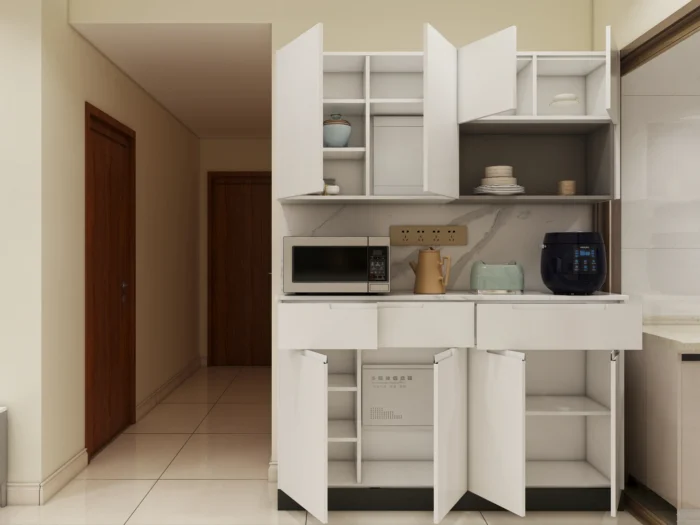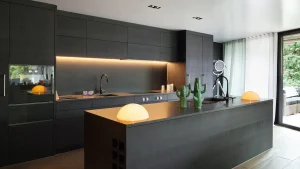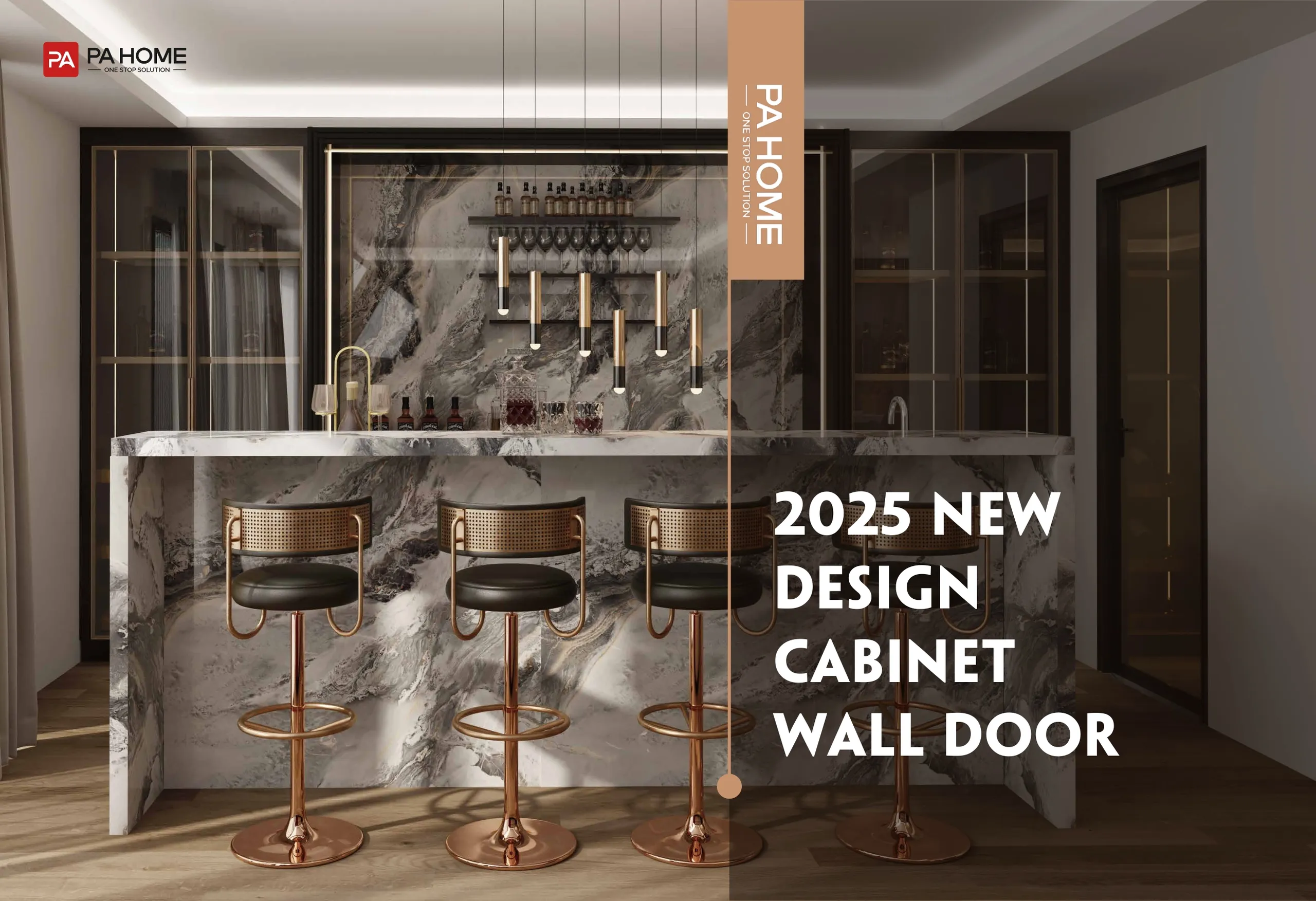When it comes to choosing the perfect kitchen cabinets, style, functionality, and durability are all crucial factors. In recent years, slab kitchen cabinets have been gaining popularity for their sleek, modern design and versatility. But are they the right choice for your kitchen? Let’s explore everything you need to know about slab cabinets—from their design to their pros and cons, and how they compare with other cabinet styles.
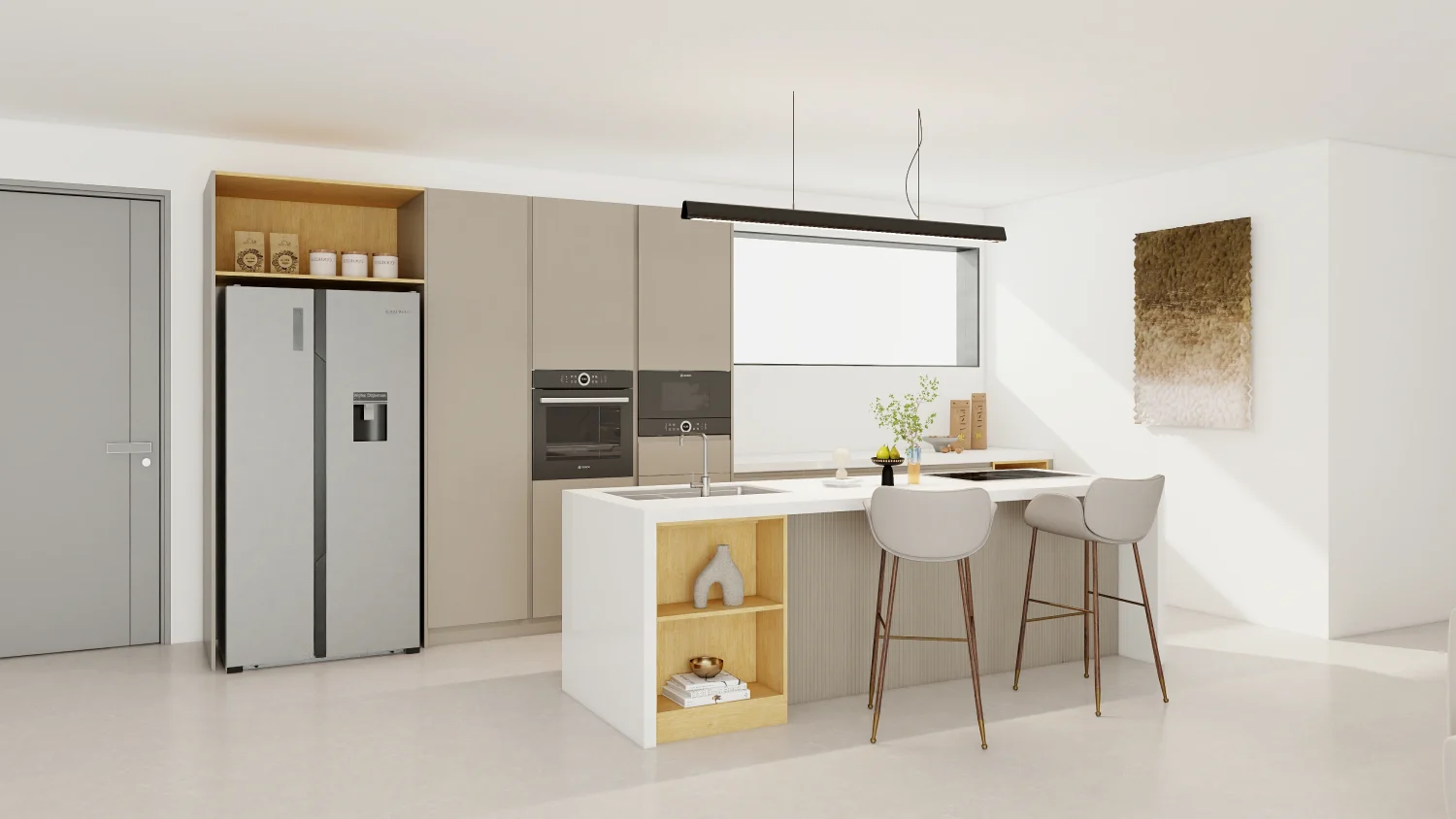
What Are Slab Kitchen Cabinets?
Slab kitchen cabinets are a modern cabinet design that features flat, smooth surfaces without any visible frames or panels. They are the epitome of minimalist design, making them an ideal choice for contemporary and modern kitchens. Unlike traditional cabinet styles, such as shaker or raised panel, slab cabinets are entirely flat, creating a streamlined, clean look.
Slab cabinets are available in a wide range of finishes, from matte and high-gloss to wood veneers. They can suit various kitchen styles, from ultra-modern to rustic.
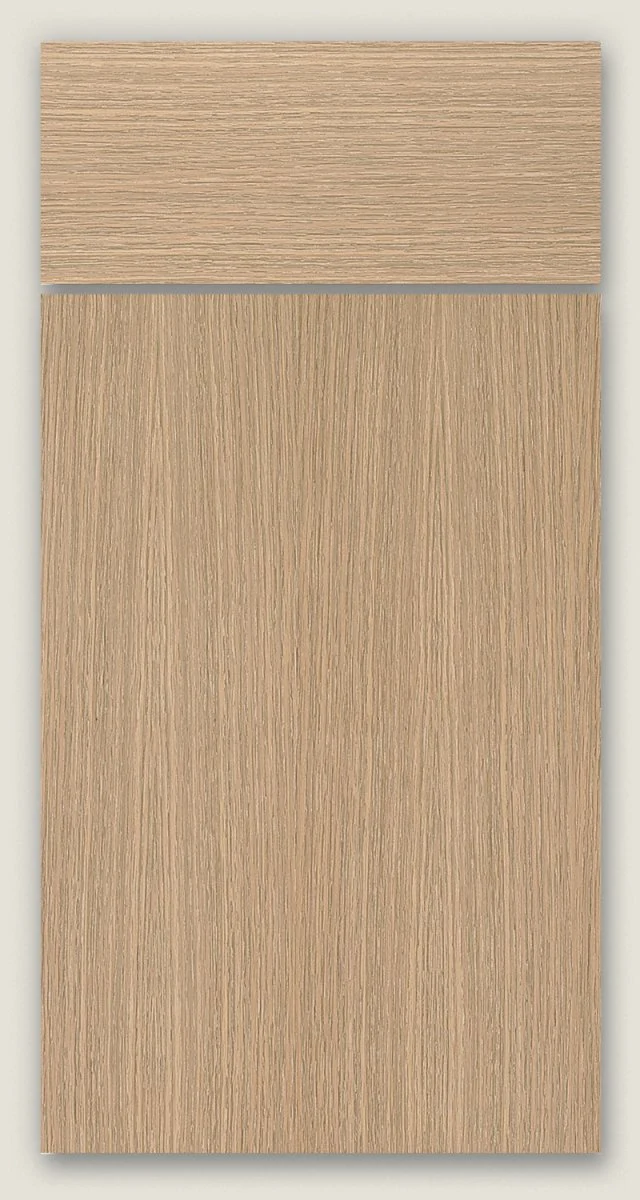
Slab cabinets feature flat, smooth surfaces with no panels or frames, offering a minimalist design.
Slab cabinets are the same as flat panel cabinets.
Why Are Slab Cabinets Trending in 2025?
Slab kitchen cabinets are more than just a passing trend. They’ve become a staple in modern kitchen designs for several reasons. First, their minimalist aesthetic fits perfectly in today’s open-concept homes, where simplicity and clean lines are essential. Slab cabinets also allow for greater design flexibility, making them ideal for various finishes and materials.
In 2025, slab cabinets are even more popular due to the growing demand for sleek, functional spaces that make a statement. Whether you’re renovating your kitchen or designing a new one, slab cabinets are an option that blends style with practicality.
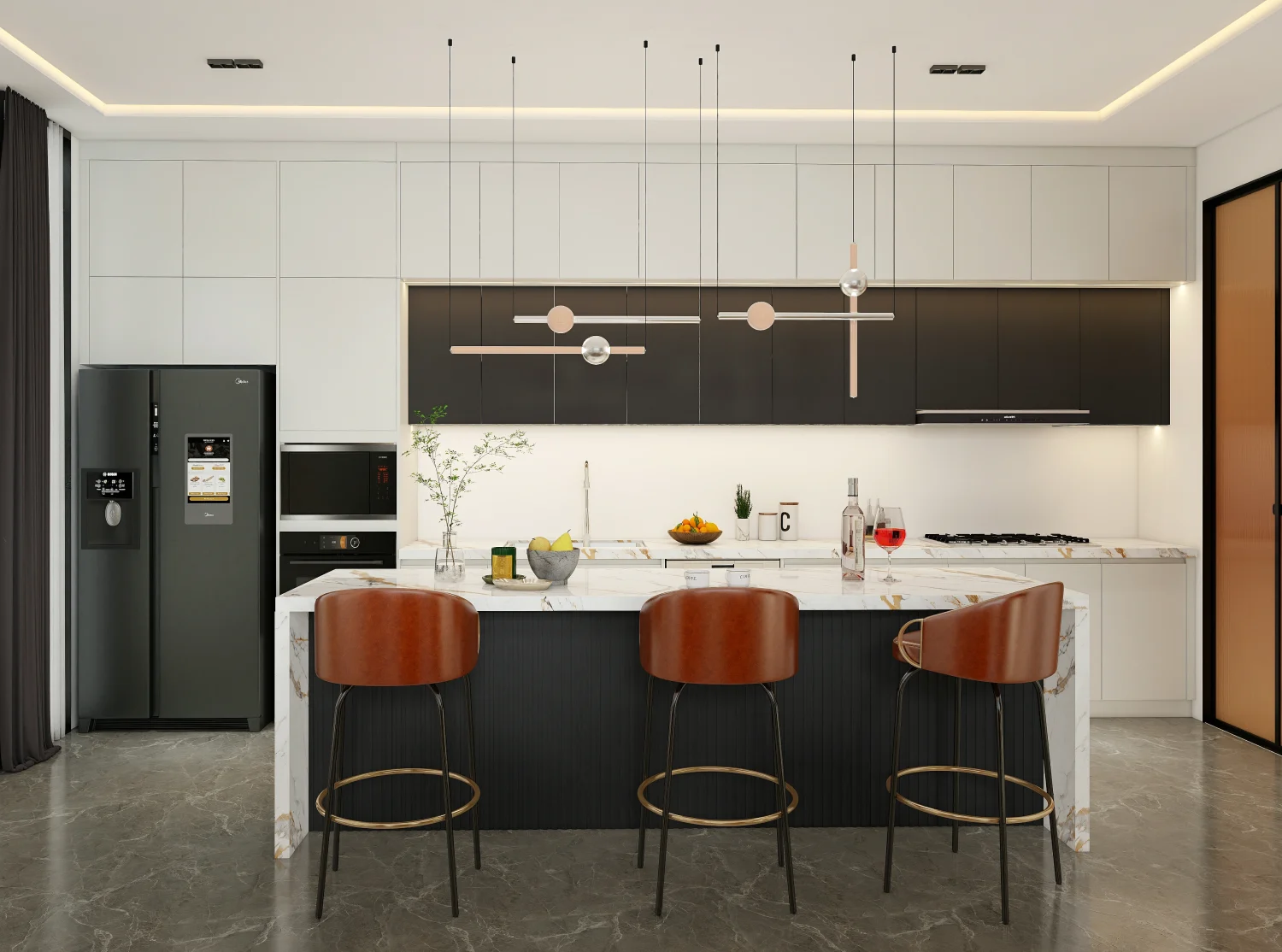
What Are the Advantages of Slab Kitchen Cabinets?
Easy Maintenance
One of the primary advantages of slab cabinets is their smooth, flat surfaces that are easy to clean. Without grooves or intricate designs, dirt and grime have fewer places to accumulate. A simple wipe-down is often all that’s needed to keep them looking fresh.
Timeless Design
Slab cabinets are synonymous with minimalist design, which is unlikely to go out of style anytime soon. Their clean, modern lines are perfect for homeowners who want a timeless look in their kitchens.
Enhanced Resale Value
A modern kitchen with slab cabinets can increase the appeal of your home. Many potential buyers are drawn to kitchens that look fresh and contemporary, which can ultimately add to the resale value of your home.
Customization Options
Slab cabinets offer plenty of room for customization. You can choose from a variety of materials, finishes, and hardware to make your kitchen truly one-of-a-kind. Whether you prefer a matte, high-gloss, or wood veneer finish, there are endless possibilities.
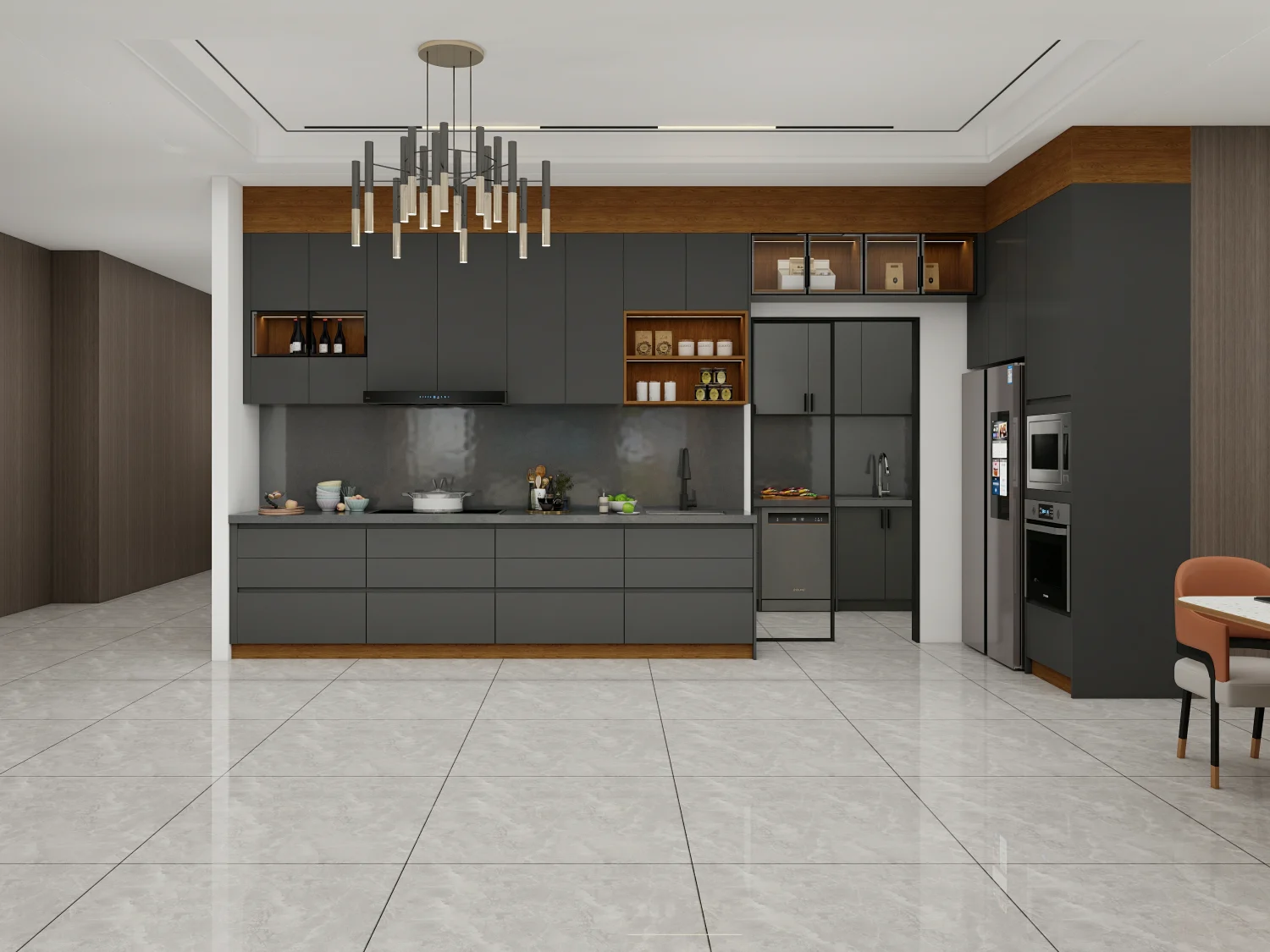
What Are the Drawbacks of Slab Kitchen Cabinets?
While slab cabinets are stylish and functional, they do come with some downsides to consider:
Potential for Warping
Certain materials, like MDF, can warp if exposed to excessive moisture. To mitigate this risk, it’s important to properly seal the edges of your cabinets and ensure good ventilation in your kitchen.
Susceptibility to Scratches
Slab cabinets, particularly those with high-gloss finishes, can be more prone to showing scratches. It’s important to handle them carefully and use the appropriate cleaning materials to prevent damage.
Installation Complexity
Slab cabinets are typically more challenging to install than traditional cabinets. They require precise measurements and professional installation to ensure proper alignment and secure mounting. It’s essential to hire an experienced installer to avoid issues down the road.
Limited Traditional Appeal:
If you’re working with a home that has a more classic or traditional design, slab cabinets may not be the best fit. They tend to lean toward a modern, industrial aesthetic, which may not suit every home.
Slab cabinets are easy to maintain, offer a timeless look, and can increase resale value.
Slab cabinets require high maintenance due to visible fingerprints.
How Do Slab Cabinets Compare to Other Styles?
Slab cabinets stand out for their sleek, minimalistic look, but how do they compare to other popular kitchen cabinet styles?
Slab vs. Shaker Cabinets
Shaker cabinets feature a simple, recessed panel design and are one of the most popular traditional cabinet styles. They provide a bit more character and warmth than slab cabinets, making them a great fit for homes with a more rustic or classic design. However, slab cabinets are ideal for those seeking a cleaner, more modern look.
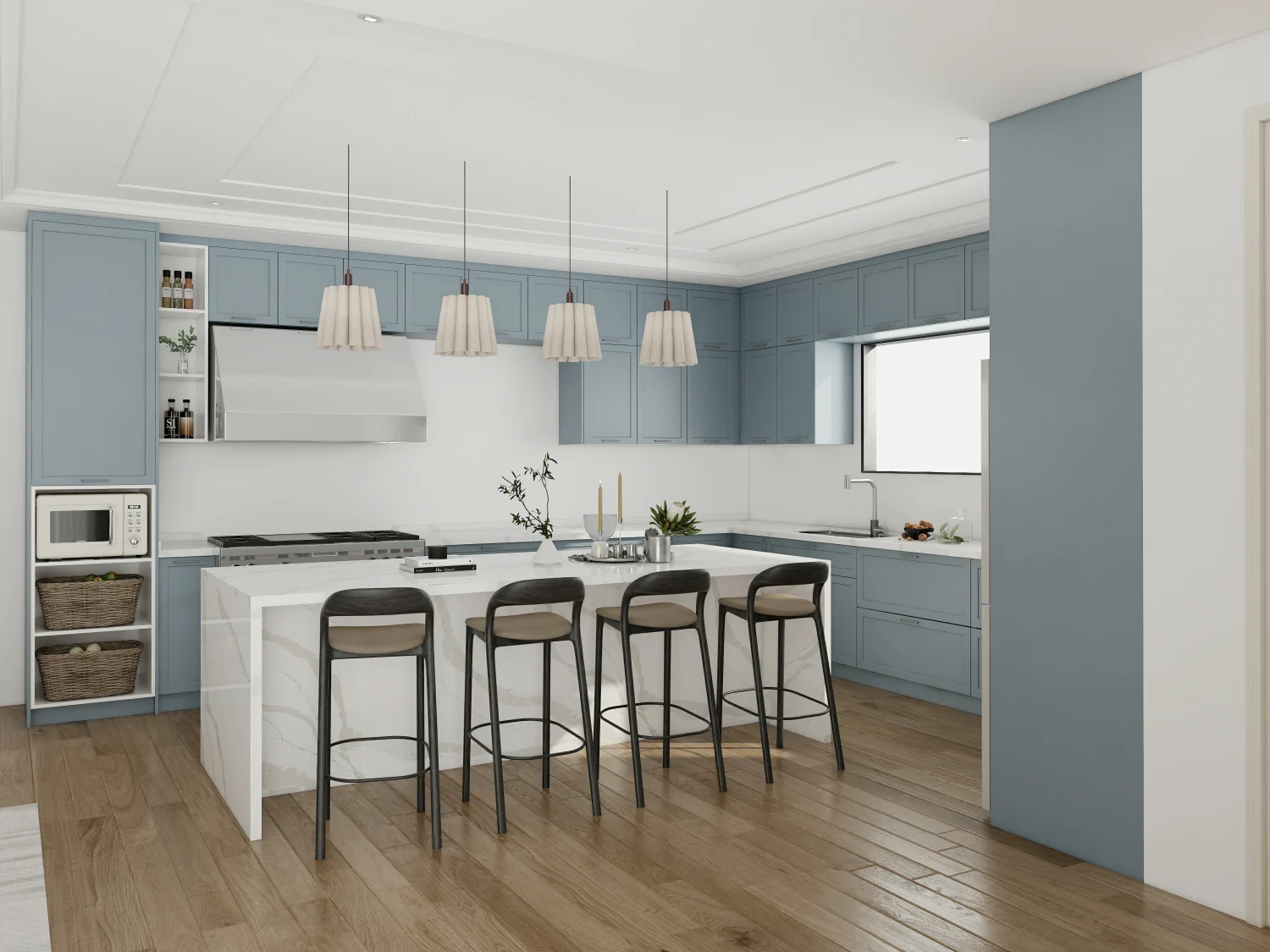
Slab vs. Raised Panel Cabinets
Raised panel cabinets have a more ornate design with a center panel that is raised. They work well in traditional and classic kitchens but can feel a bit too heavy or detailed for a minimalist look. Slab cabinets, with their flat surfaces, are the perfect choice for a sleek and contemporary style.
Slab vs. Flat Panel Cabinets
Flat panel cabinets are also sleek and modern, similar to slab cabinets, but slab doors are entirely flat, whereas flat-panel cabinets may have slight design elements. Both styles share a minimalist aesthetic, but slab cabinets take the simplicity to the next level.
Slab cabinets offer a minimalist look, while shaker cabinets feature recessed panels, providing a traditional style.
Slab and shaker cabinets are the same.
What Materials Are Commonly Used for Slab Cabinets?
The material you choose for your slab cabinets will impact both the look and longevity of your kitchen. Here are some popular options:
MDF
MDF is a smooth, cost-effective material that’s perfect for flat, clean designs. It’s easy to paint and can be customized to match any kitchen color scheme.
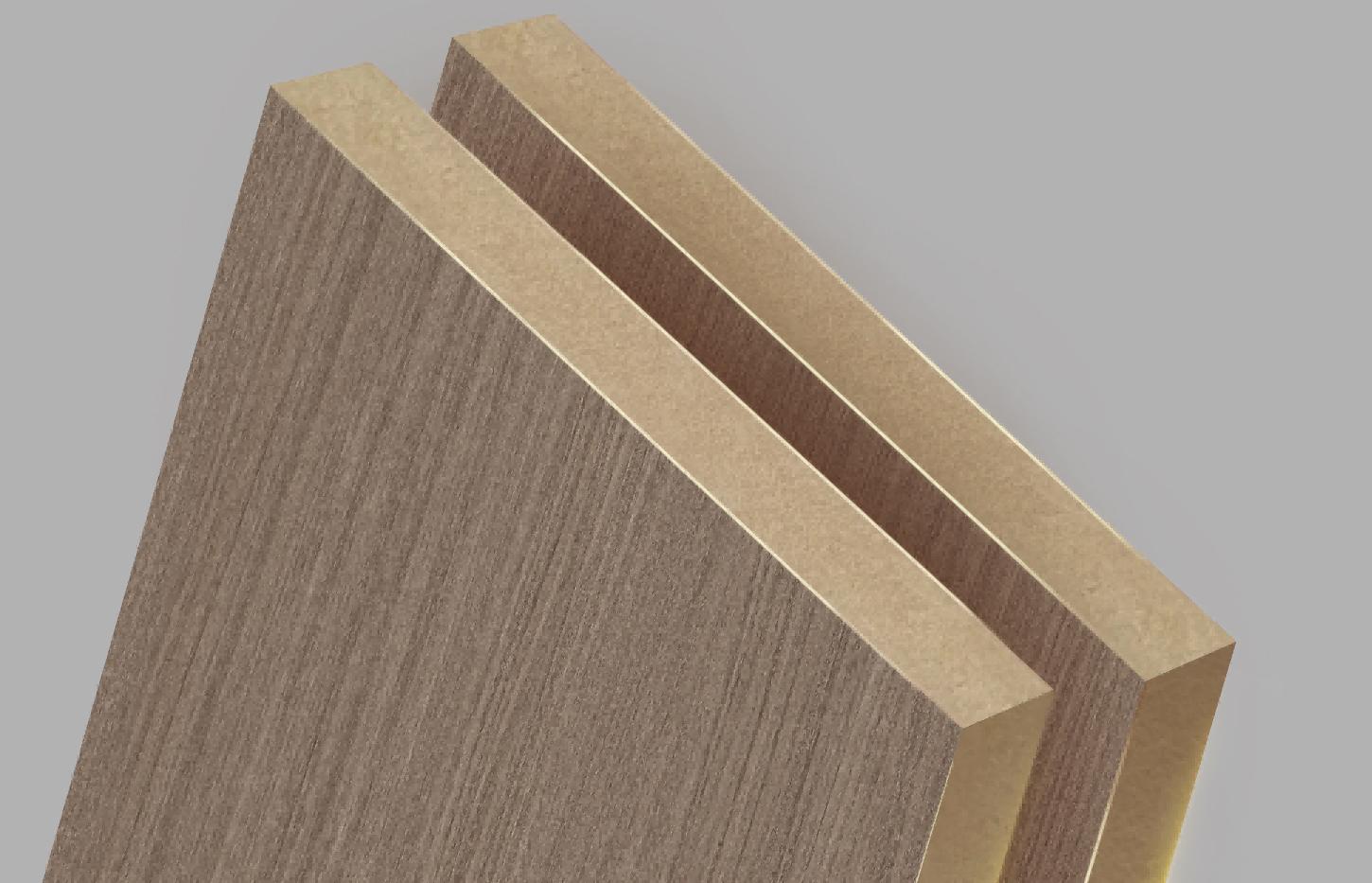
Plywood
Plywood is a durable, water-resistant option, making it suitable for kitchens with varying humidity levels. It’s a great choice for those looking for a mid-range material that will last.
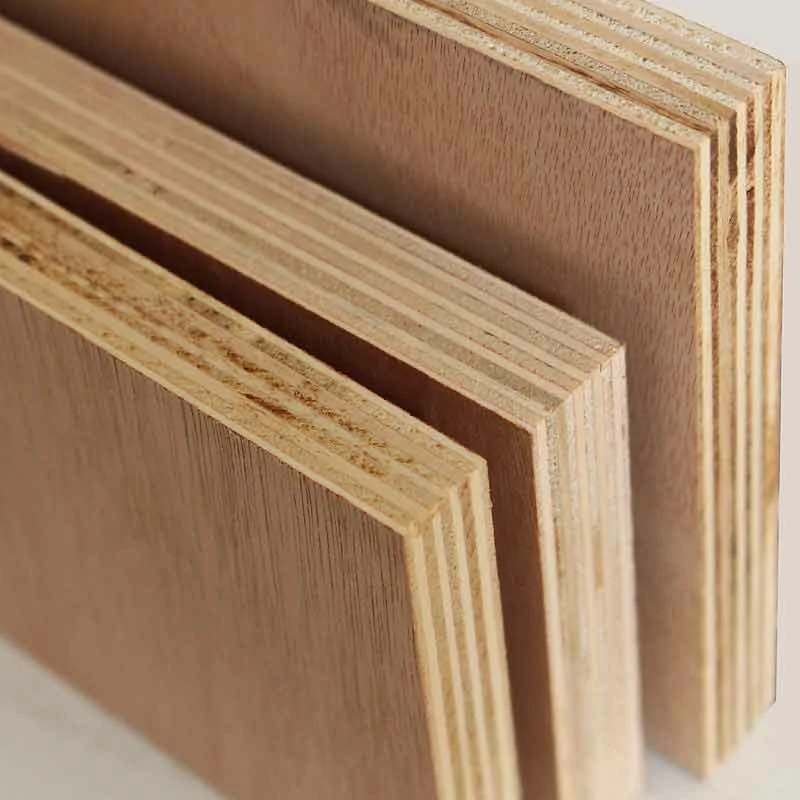
Solid Wood
For those seeking a premium, natural look, solid wood slab cabinets offer a high-end option. Keep in mind that solid wood can be sensitive to moisture and temperature changes, so it may require more maintenance than other materials.
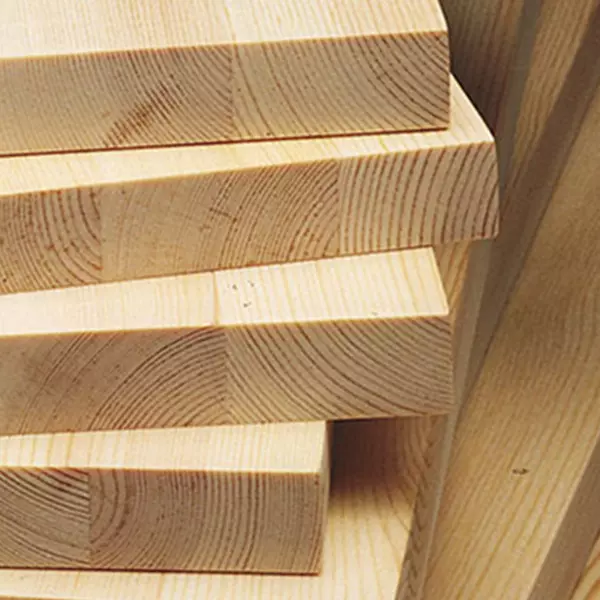
Laminate/Thermofoil
These materials are budget-friendly and come in a variety of colors and finishes. They’re resistant to scratches and stains, making them a low-maintenance option for kitchens on a budget.

Slab cabinets are made from MDF, plywood, solid wood, and laminate, offering a variety of finishes.
Slab cabinets are only made from wood.
How Much Do Slab Kitchen Cabinets Cost?
The cost of slab kitchen cabinets can vary depending on the materials, customization, and installation.
| Price Range | Materials | Cost Estimate | Additional Costs |
|---|---|---|---|
| Budget Range | Laminate, MDF | $3,000 – $6,000 | Installation, hardware, countertops |
| Mid-Range | Plywood, Wood Veneer | $6,000 – $10,000 | Installation, hardware, countertops |
| High-End | Custom designs, Solid Wood | $10,000+ | Installation, high-end hardware, countertops |
Additional costs may include installation fees, hardware, and countertops. Always factor these into your budget when planning your kitchen renovation.
What Are the Installation Considerations for Slab Cabinets?
Slab cabinets are often more difficult to install than traditional cabinet styles. To ensure the best results, it’s essential to hire a professional installer who is familiar with the specific challenges of slab cabinets.
Key considerations include:
Accurate measurements: Precise measurements are critical for a perfect fit.
Preparation of the kitchen space: Ensure that your walls are level and suitable for cabinet installation.
Proper mounting: Slab cabinets often require hidden mounting systems to maintain their sleek appearance.
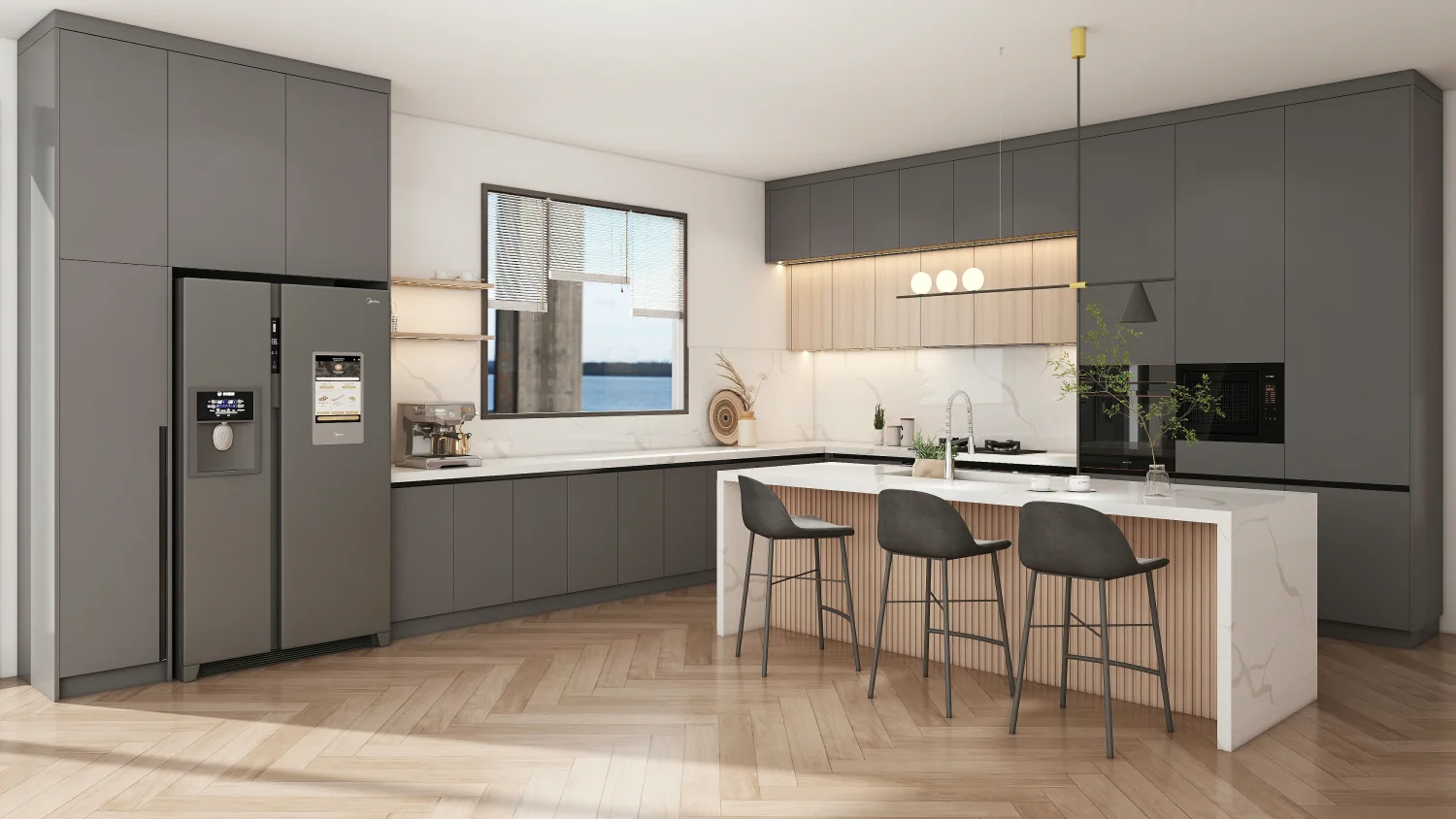
Slab cabinets require professional installation due to precise alignment and hidden mounting systems.
Slab cabinets are easy to install yourself.
How Can You Maintain Slab Kitchen Cabinets?
Proper maintenance will help keep your slab cabinets looking great for years to come. Here are some tips:
- Regular Cleaning:
Wipe down the surfaces with a soft cloth and a mild detergent. Avoid using abrasive cleaners, as they can damage the finish. - Protective Measures:
Seal the edges of MDF cabinets to protect them from moisture. Also, consider using coasters and mats to prevent heat or scratches. - Periodic Inspections:
Check for any signs of warping, scratches, or other damage. If you notice any issues, address them promptly to prevent further deterioration.

Conclusion
Slab kitchen cabinets are an excellent choice for modern, minimalist kitchens. They’re ideal for homeowners who want a clean, sleek look and a functional, easy-to-maintain design. However, if your home features a more traditional or classic aesthetic, slab cabinets might not be the best fit.
Before committing, consider your kitchen’s design, your budget, and how much maintenance you’re willing to perform. If you’re looking for a timeless, modern option that blends functionality with beauty, slab kitchen cabinets could be the perfect choice for your home.
FAQs about Slab Ktchen Cabinets
Slab kitchen cabinets are typically made from materials like MDF (Medium-Density Fiberboard), plywood, solid wood, and laminate. Each material offers different benefits, such as durability, cost-effectiveness, or a high-end finish, allowing homeowners to choose the best option for their kitchen style and budget.
Yes, slab kitchen cabinets are relatively easy to maintain due to their smooth, flat surfaces. They have no grooves or intricate designs, which makes cleaning them much simpler. Regular wiping with a soft cloth and mild detergent is typically all that’s needed to keep them looking great.
The cost of slab kitchen cabinets varies depending on the material and size of your kitchen. Budget options, such as MDF or laminate, can cost between $3,000 to $6,000 for a 10×10 kitchen. Mid-range options, like plywood or wood veneers, range from $6,000 to $10,000, while high-end solid wood or custom designs can exceed $10,000.
Slab kitchen cabinets offer several benefits, including a modern, minimalist aesthetic, easy maintenance, and customization options. They are also known for their timeless appeal, making them a great investment for both design flexibility and potential resale value.
Slab cabinets have a clean, flat surface with no framing or panels, giving them a sleek, modern look. In contrast, shaker cabinets have a recessed panel design, offering a more traditional and versatile appearance. While slab cabinets are ideal for minimalist spaces, shaker cabinets suit a wider variety of kitchen styles.

